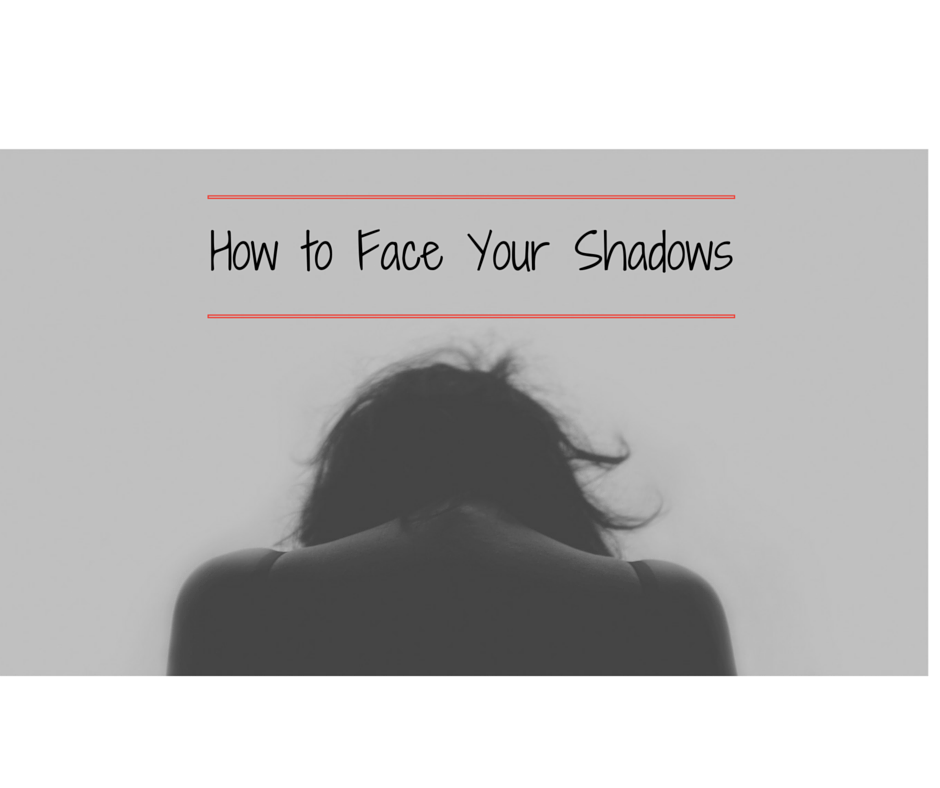
3 Ways to Avoid living life; Waking from depression

Depression can be sneaky. It can disguise itself as Self-care, “Me Time” or even a sense of being responsible. When you sleep extra late, Depression can tell you: “Everyone knows that it’s important to get good sleep”. When you are binging on Netflix, Depression can whisper in your ear: “It’s not healthy to be productive all the time”. When you carry your phone with you at all times or leave it on while engaged in another activity, Depression could say to you: “I’m just making sure I’m available in case of an emergency”.
3 ways to avoid living life fully:
1. Turn your phone into your new best friend
You can keep your phone with you at all times. You can keep it handy when you’re in the bathroom, you can leave it on when having dinner with family or friends and you can leave it by your bedside at night when you go to sleep
2. Watch TV
When you first wake up and before you lay down to sleep, check out what’s on the tube. You can even sleep with it on. Make sure it’s on in the background when you are cooking, taking a bath or cleaning your home.
3. Sleep all day
With the phone by your bed and with the TV on in the background, you can drift off to dreamland. Pesky demands just disappear. That is, until you wake up from a nightmare.
Of course you know I am being a tad sarcastic. At least I hope you do! And, we all struggle with these kinds of habits, at least some of the time. But when these habits take over our life, we need to look a little deeper. We need to venture out from our comfort zone, even if just a little bit and with baby steps at first.
Strategies for waking up from depression
Anyone struggling with depression knows that it can be extremely hard to make the transition from bed to life. It feels safer somehow under the covers. Facing the challenges of the day can feel impossible. A sense of meaning may be eluding us. But what if you could create light from out of the darkness through gentle expression and creativity? What if you could take a dream and turn it into art.? You never know, you might wind up creating a poem, a song, artwork or even a new dance. Here are some ideas for Waking up from sleep and getting out of bed.
-
Write it down
Upon awakening, or even after coming out from a dream, do some free-writing for 5-10 minutes. Fill up at least one page. Then, without a lot of thought, underline some passages (word, phrases or sentences) that call out at you. Take these underlined passages and transfer them onto on a new page. Wallah! There’s your poem.
If you are ready and want to take this a step further, read your “poem” aloud. Feel the words you are reading. Now you’re a stand-up poet and ready for poetry readings.
-
Color it out
Place some crayons and a short stack of blank paper by your bedside. Upon awakening from a dream, and without a lot of thought, pick out some colors that resonate with your dream and how you are feeling right now. Perhaps you may choose a different color for each of the characters in your dream.
Again, without a lot of thought, use these different colored crayons to scribble or draw as you are waking out of that dream still. You may press the crayon with great strength or with minimal force; your scribbles can be large or small, with straight lines or curvy. The images can be abstract or look like real life. You can draw stick figures; there may be no actual figures.
-
Relate to your created images
You can choose to devote one piece of paper for each character or feeling that you experienced upon awakening. After having created these images on paper, you can place them side by side on the floor. If you are not ready to get out of bed, you can place these papers on your bed. Place them in relation to each other. Notice who or what is closer or farther away from you. Notice how you feel when you do this. Move the pages to different spaces in relation to you and each other. Again, notice how you feel.
You can scan your images and see if there is one that, for whatever reason, makes you feel more courageous. You may choose to keep that image close at hand. You may look at or consult that image when you think you would like to get out of bed.
You can scan and notice if one of these images scares you. Know you are safe under your covers while you attempt to look or stare at this image. Try to see it for who or what it is. Or you may turn this piece of paper over for now; or put it into a drawer if you’d like. You can always choose to take this image out at another time and stare it down later.
Ways to gain independence from your phone
Just for kicks, consciously turn off your phone for 1 whole minute. You can set a timer if you’d like. While you are doing this, notice the sensations in your body. You might notice the sensations before, during and after.
Choose one of the sensations you identified to focus upon for 15 -30 seconds. Notice if the sensation shifts or changes over time. If you are feeling ready, give it some more time and see if the sensation continues to change. It might strengthen or weaken. It might disappear or turn into a new sensation.
Sense in to this discovered sensation to see if you can identify an action this part of your body seems to want or need. If it feels safe to do so, indulge this action. It might want to make a sound. It might want to tense up. It might want to move in a particular direction. It might want to be held or massaged. It might want to dance – you never know!
If you are ready to try turning you phone off for 5 – 10 minutes, you can try writing down a full page of unedited thoughts that come to mind while doing so. You can try this 3- 5 times over the next week and see if you notice any themes.
If you are not ready to turn your phone off at all. You can try this one. Take your phone and place it in different locations – near or far from yourself. Compassionately observe your reaction to the distance between you and your phone.
Ideas for waking up from your TV
Try an instructional You Tube video. You can still be sitting in your favorite seat. Play around searching for “how to” ideas you think might be interesting or cool to learn about. Perhaps you’ll discover a video about something you actually want to do.
Perhaps you’ll land upon something you know you need to do – but you haven’t gotten to it yet. Maybe when you’re watching this instruction video, you’ll notice how you already know how to do this. You might think: “Heck, I can do this even better than that!” Or you might think: “Hmm I didn’t really realize how easy this actually would be to do!”
Imagine how you might have room for one of these projects in your life. Think about the resources you always own or have and which projects actually match a resource you already have.
If you don’t currently own a necessary resource, think about items (within your budget) you would need to buy to do one of these things. Consider putting this item on your shopping list. Perhaps one of these items can be borrowed short term.
These are just a handful of thoughts about waking out of your comfort zone. But when your comfort zone turns into habits for hiding from life, it’s important to take notice. It’s important to try something different. It’s important to stretch yourself and experience some discomfort every once in a while. There are many ways to safely move from living in a dream to living a more full life. If you are having trouble with depression or feeling stuck or blah in your life, you might consider seeking a counselor for more targeted support.
 Lisa T. Perry, MEd, LCMHC, CCMHC, VMT-R is a Licensed Clinical Mental Health Counselor who enjoys finding creative and meaningful ways to transform depression into life.
Lisa T. Perry, MEd, LCMHC, CCMHC, VMT-R is a Licensed Clinical Mental Health Counselor who enjoys finding creative and meaningful ways to transform depression into life.




